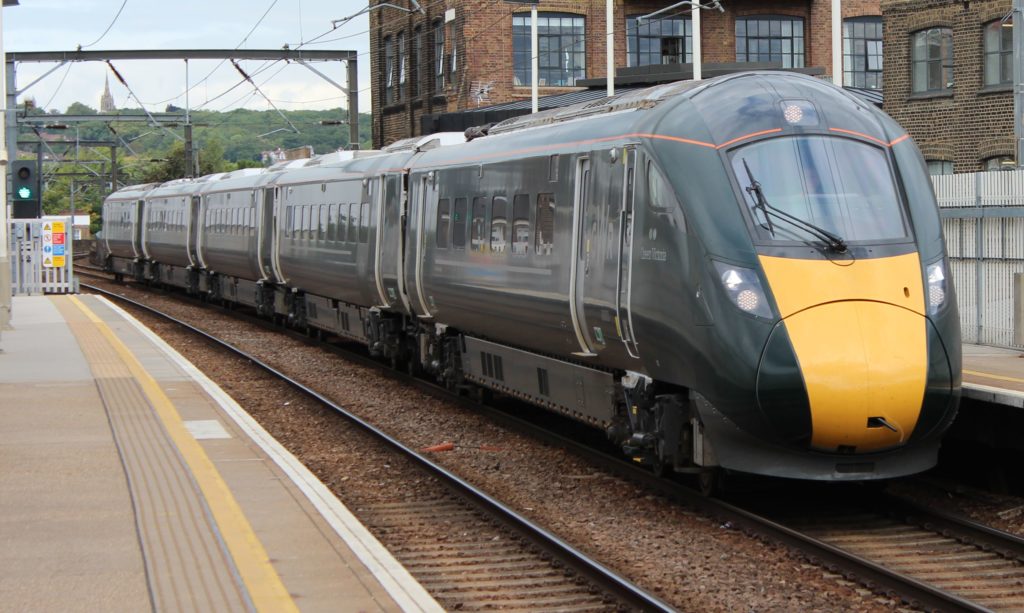Recently, the Samsung Internet browser application was updated with new features which broke its compatibility with our site. The browser has an AI-driven privacy feature which strips out some very necessary tracking data from the technology we use to deliver our live maps.
A big thank you to @MalcolmA73 on Twitter who has discovered that turning off the smart anti-tracking functionality fixes the problem.
For the technically minded, the problem is that the browser views the URL for our Websocket server, which includes a unique value in the URL for each connection, as a privacy concern. This isn’t really true in our view – the unique value allows us to send the right data to the right browser, and is actually less intrusive than tracking by IP address and TCP port number.
We’re working on a feature that will automatically identify if you’re trying to use our maps from a Samsung browser and display some information on how to disable the privacy feature for our website. If all goes to plan, this should be in the update on Sunday 22nd May 2022.

